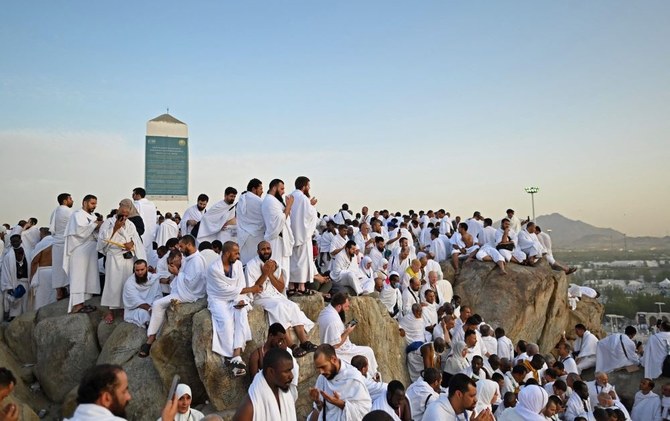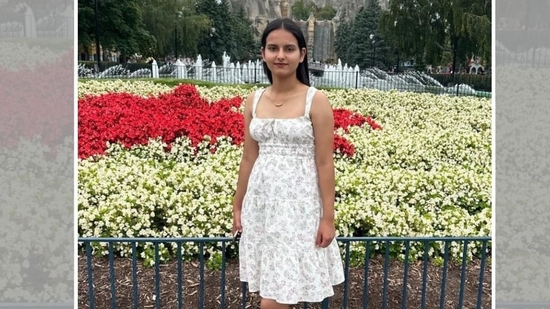Hajj 2023 reaches climax as pilgrims ascend Mount Arafat
Wed 28 Jun 2023, 10:01:43

Arafat: More than 2 million pilgrims performing Hajj this year ascended Mount Arafat on Tuesday, the climax of a record-breaking pilgrimage returning to full capacity for the first time since the global pandemic.
As the sun rose, pilgrims camping in the tent city of Mina performed dawn (Fajr) prayers, then began reciting Qur’an verses and moving toward Arafat, where the Prophet Muhammad gave his final sermon 1,400 years ago.
The ritual is the high point of the annual pilgrimage, one of the five pillars of Islam, and a once-in-a-lifetime journey for those who are physically fit and financially able.
The 9th of Dhul-Hijjah, the Day of Arafat, is the single most important day of the Hajj. If a pilgrim misses this day, he or she misses the Hajj.
Announcing the ascent of Arafat — one of the world’s largest religious gatherings — the Ministry of Hajj and Umrah said that the tent city of Mina was empty of pilgrims by 10 a.m. on Tuesday.
Worshippers boarded almost 20,000 buses, while the Mashaer railway operated at full capacity transporting pilgrims via the holy sites.
“The pilgrims were transported easily and according to the schedule set,” the ministry said.
After worshippers performed the noon (Dhur) and afternoon (Asr) prayers on Arafat, they “dispersed to Muzdalifah smoothly, according to the plans set for them,” it added.
Pilgrims will return to Mina on Wednesday
morning.
morning.
Elaborate arrangements were in place to safeguard pilgrims, with city police, civil defense, Saudi Scouts and other security agencies in action. Helicopters were used to monitor entry roads packed with worshippers.
Thousands of health workers were also on alert for cases of heatstroke and exhaustion as temperatures soared to 45 C.
Groups of worshippers holding umbrellas against the fierce sun and reciting verses from the Qur’an formed an endless queue on the rocky ascent to Mount Arafat, also known as the “Mount of Mercy.”
Pilgrims will spend the night out in the open in Muzdalifah, a valley between Mina and Mount Arafat. There they will collect pebbles to be used in a special ritual the following day.
After Fajr prayers on the 10th of Dhul Hijjah, pilgrims will leave Muzdalifah and head to Jamarat, where they will use the pebbles to stone a series of three pillars representing the devil.
Women and the elderly can delegate this responsibility to a male on their spiritual journey.
Men are then required to shave their heads, while women cut a lock of their hair as they do after Umrah.
Pilgrims are also required to sacrifice an animal and distribute the meat to the needy. Those who are unable to perform the sacrifice themselves can delegate the task.
Pilgrims then travel back to the Grand Mosque in Makkah.
No Comments For This Post, Be first to write a Comment.
Most viewed from International
Most viewed from World
AIMIM News
Latest Urdu News
Most Viewed
May 26, 2020
Do you think Canada-India relations will improve under New PM Mark Carney?
Latest Videos View All
Like Us
Home
About Us
Advertise With Us
All Polls
Epaper Archives
Privacy Policy
Contact Us
Download Etemaad App
© 2025 Etemaad Daily News, All Rights Reserved.



.jpg)






.jpg)
.jpg)








.jpg)
.jpg)
.jpg)
.jpg)
.jpg)

















